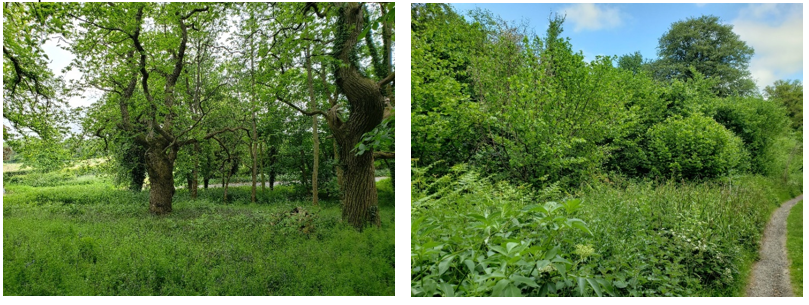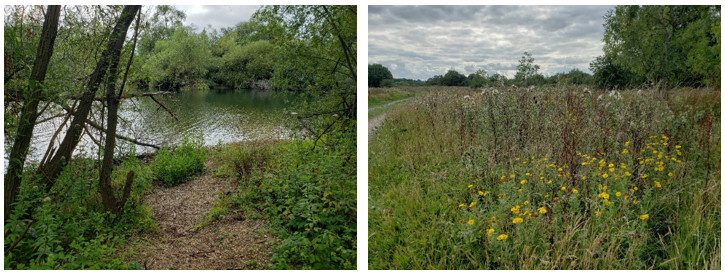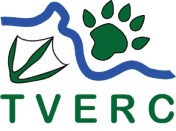Berkshire Local Wildlife Sites Highlights 2023
article written by Rob Curtis, Berkshire Biodiversity Officer
This season’s surveying in Berkshire started with a very local site – a small council owned wood. It was actually within cycling distance of me in Thatcham! Most of the 30 sites surveyed this year were council owned especially in Wokingham district. But there were a significant number of sites belonging to large estates.
Many of the sites held combinations of different habitats, but some were characterised by particular types. Half of the 30 surveyed were woodlands of variable quality. Some are quite dense and dark with little light reaching the ground. Others have defined canopy, sub-canopy and field layers.
4 of the sites surveyed were solely grassland sites, all smaller than the average woodland but botanically more species-rich.
1 held significant areas of reedbed and fen.
3 were predominantly lakes formed from ex-gravel workings. They will be designated primarily for their bird interest. Although I recorded other wildlife that I saw or heard; this is just a snapshot. So, I will need to garner data collected by bird surveyors over at least the last 3 years. Such additional faunal surveys by volunteers play a big part in helping LWS designation. I’m indebted to Berkshire Ornithological Club for facilitating such monitoring and the county bird recorder for checking the resulting records.
The following are examples of sites that I surveyed this time.
Ashampstead Common is privately owned but has a number of public footpaths through it. Lowland mixed woodland and parkland; it contains a number of ancient and mature Oaks and Sweet Chestnuts. 16 woodland indicator species were recorded including Bluebell, Sanicle, Yellow Archangel, Red Currant, Wood Melick and Yellow Pimpernel.

Brickworks Meadow is owned by Bracknell Forest borough council. A small site at only 0.79 ha, it is a remnant of lowland meadow with a little woodland around the edge in suburban Bracknell.15 Lowland meadow indicator species were recorded including: Glaucous Sedge, Common Spotted-orchid, Meadowsweet, Lady’s Bedstraw and Yellow-rattle.

Wraysbury II comprises a mixture of habitats: 2 lakes, grassland, scrub and woodland. These are all based at the site of former gravel workings immediately adjacent to the M25. So, this was one of the furthest sites to travel to this time.
This variety of habitats within the disturbed ground resulted in 146 plant species but there were only 8 grassland indicators including Lesser Stitchwort, Agrimony and 5 fen/swamp indicators including Hemp-agrimony and Lesser Pond-sedge. Some of the adjacent land is SSSI designated for waterbirds. So, it’s likely that bird records will clinch LWS designation.

Notable faunal sightings include Firecrests singing in a number of mixed woodlands and 2 large, distinctive invertebrates: a Jersey Tiger moth and a Great Geen Bush-cricket.
Thanks go to my colleagues Julie and Katherine for helping to survey a couple of sites this time. Also, to the landowners for granting me access to undertake the surveys. By the end of February, the LWS selection panel will have decided on which sites will remain or be newly designated. Then the cycle begins again!
Posted: December 11, 2023




